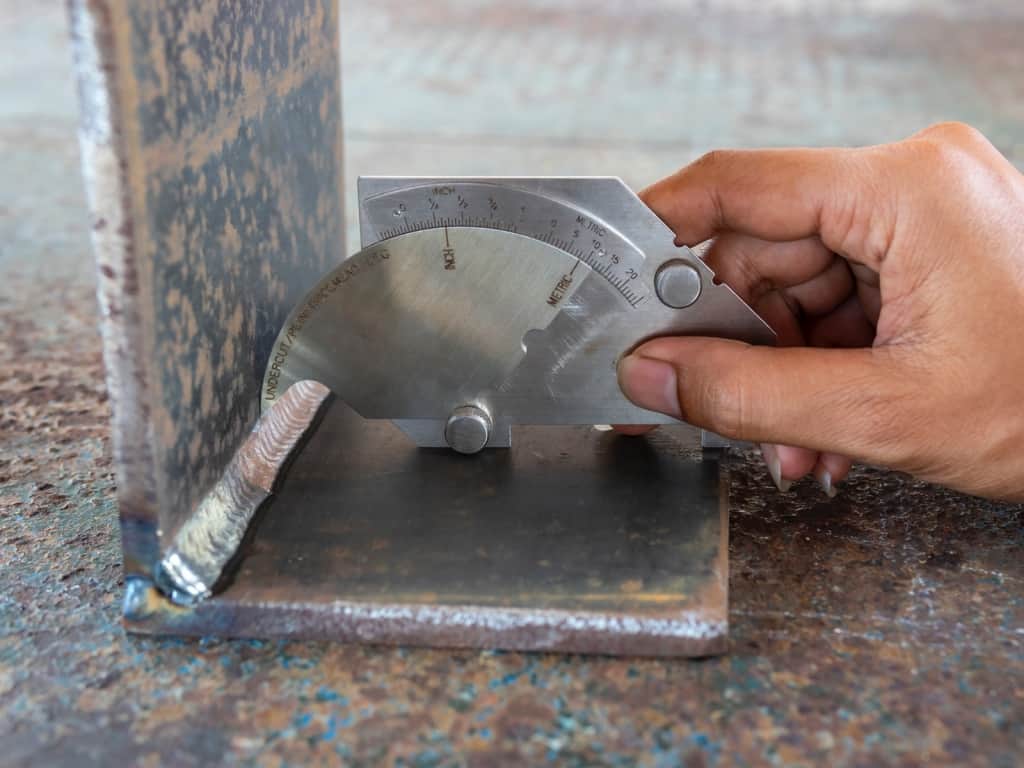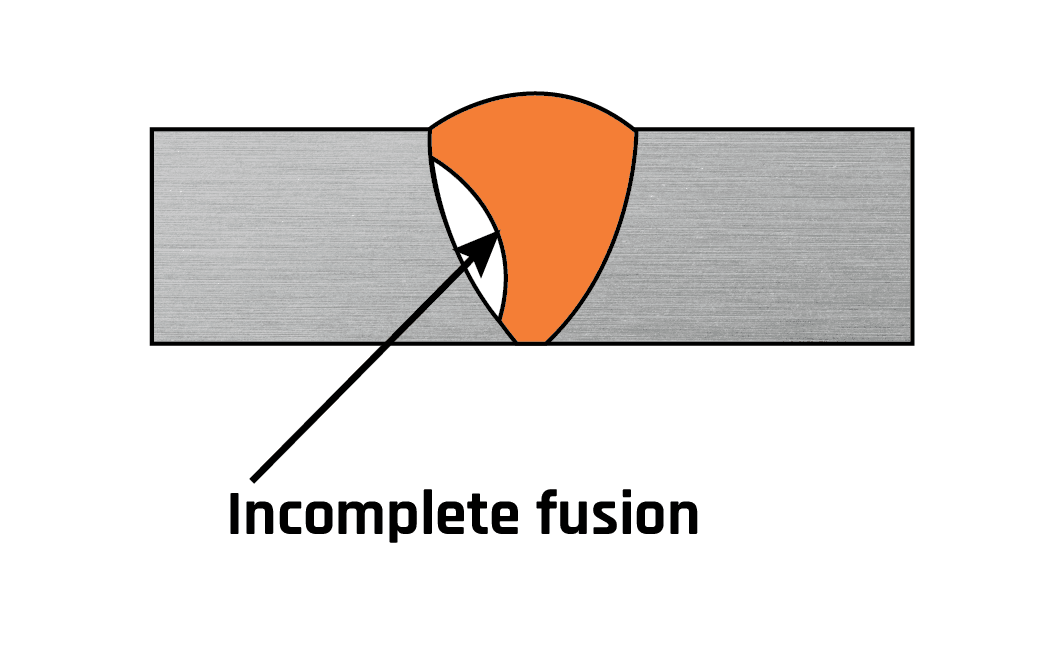Efficient Ways to Prevent Weld Undercut in Your Welding Jobs
Efficient Ways to Prevent Weld Undercut in Your Welding Jobs
Blog Article
Important Tips for Welders: Stopping Undercut Welding and Ensuring Stronger Weld Joints
In the world of welding, accomplishing long lasting and strong weld joints is the foundation of producing top quality work. One usual challenge that welders often encounter is undercut welding, which can endanger the stability of the weld joint.

Recognizing Undercut Welding
Undercut welding is an usual welding defect that happens when the weld metal stops working to properly fill up the groove and leads to a groove-like anxiety along the weld grain. This flaw damages the weld joint, making it at risk to breaking and failure under anxiety. Undercutting can be triggered by different elements, consisting of too much welding existing, high welding rate, incorrect electrode angle, inaccurate electrode size, and poor welding method.
Among the primary reasons for undercut welding is an inequality between the welding present and the welding speed. If the welding current is expensive or the welding speed is too quickly, the weld steel may not properly fill up the groove, resulting in undercutting. In addition, making use of an electrode that is as well large can lead to a similar end result, as the excess steel can not appropriately flow right into the groove.
To stop undercut welding, welders need to guarantee they are utilizing the correct welding parameters, preserve an appropriate electrode angle, choose the suitable electrode dimension, and method proper welding strategies. By dealing with these variables, welders can decrease the threat of damaging and produce stronger, extra trusted weld joints.
Appropriate Welding Technique
Reliable welding technique plays a vital role in making sure the top quality and stability of weld joints. One basic aspect of appropriate welding strategy is maintaining the appropriate angle and distance between the welding gun and the work surface.
Additionally, a stable and constant hand motion is essential for creating strong and resilient weld joints. Welders must go for smooth, consistent motions to ensure even distribution of the weld material. Correct manipulation of the welding weapon and filler product is also key to achieving optimal infiltration and blend.
In addition, regulating the heat input and selecting the ideal welding criteria based upon the product being welded are vital aspects in accomplishing top notch welds - Preventing weld undercut. Welders must comply with the recommended setups given by welding treatment requirements and change them as needed based upon the certain requirements of the project. By mastering correct welding methods, welders can considerably boost the stamina and reliability of their weld joints
Choosing the Right Electrode
When thinking about the importance of picking the ideal electrode in welding applications,Maintaining the proper angle and distance in between the welding gun and the workpiece is basic. The option of electrode plays an important duty in figuring out the quality and stamina of the weld joint. Electrodes can be found in different types, each made for specific functions and products.
First of all, picking the appropriate electrode size is find more necessary. Thinner electrodes appropriate for welding slim products, while thicker electrodes are better for thicker products and higher warmth applications. Matching the electrode diameter to the thickness of the work surface aids achieve a balanced weld.
Secondly, understanding the material structure of the electrode is important. Various electrodes are made for welding specific materials like steel, stainless steel, aluminum, or cast iron. Utilizing the right electrode product guarantees great combination and reduces the danger of flaws in the weld.
Lastly, considering the welding placement and method is critical when choosing the electrode type. For example, specific electrodes are better fit for above or vertical welding positions, while others work well for flat or straight placements. Choosing the best electrode based on the welding strategy improves the general weld high quality and honesty.
Preparing the Base Steel
To make sure a successful welding process, what first steps should be taken when preparing the base steel for welding? Additionally, any existing weld product or residue from previous welding need to be eliminated to make certain a clean surface area for the new weld.
Conducting Post-Weld Evaluations

After carrying out these analyses, welders must compare the results versus sector criteria and project requirements to make sure that the weld joint fulfills all necessary criteria. Any insufficiencies or deviations discovered during the post-weld evaluation must be promptly dealt with through suitable restorative measures to guarantee the weld's integrity. By carefully doing post-weld examinations and without delay resolving any kind of concerns, welders can support the high quality and reliability of their work, inevitably adding to the security and durability of the welded frameworks.
Final Thought

Finally, stopping undercut welding and guaranteeing stronger weld joints call for a combination of proper welding strategy, choosing the right electrode, preparing the base steel properly, and conducting post-weld examinations. By comprehending the causes of undercut welding and applying the needed precautions, welders can generate top notch weld joints that satisfy sector requirements and ensure the architectural integrity of the bonded parts.
Undercut welding is a typical welding defect that happens when the weld steel stops working to properly fill up the groove and results in a groove-like clinical depression along the weld bead (Preventing weld undercut). Damaging can be caused by different factors, consisting of too much welding present, high welding rate, improper electrode angle, inaccurate electrode dimension, and inadequate welding method
One of the major factors for undercut welding is a discrepancy in between the welding current and the welding speed. If have a peek at this website the welding current is also high or the welding speed is also quickly, the weld steel might not properly load the groove, leading to damaging.Keeping the correct angle and distance in between the welding gun and the workpiece is essential when considering the significance of selecting the best electrode in welding applications.
Report this page